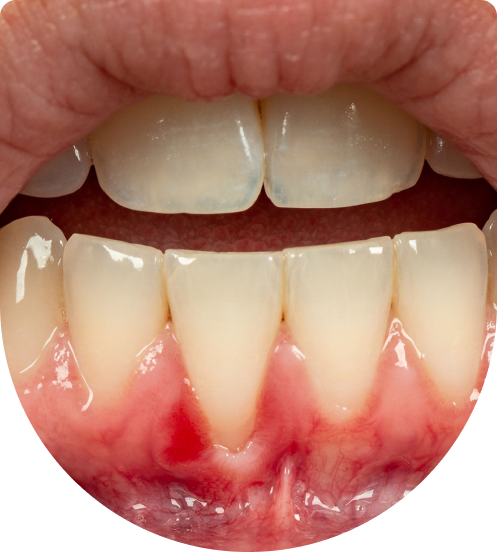

What is that
There are a number of factors that can cause your gums to recede, including:

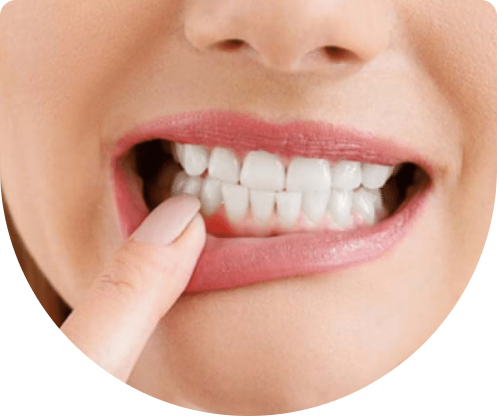

The following surgical procedures are used to treat gum recession:
During this procedure, the dentist or periodontist (gum doctor) folds back the affected gum tissue, removes the harmful bacteria from the pockets, and then snugly secures the gum tissue in place over the tooth root, thus eliminating the pockets or reducing their size.
If the bone supporting your teeth has been destroyed as a result of gum recession, a procedure to regenerate lost bone and tissue may be recommended. As in pocket depth reduction, your dentist will fold back the gum tissue and remove the bacteria. A regenerative material, such as a membrane, graft tissue, or tissue-stimulating protein, will then be applied to encourage your body to naturally regenerate bone and tissue in that area. After the regenerative material is put in place, the gum tissue is secured over the root of the tooth or teeth.
There are several types of gum tissue graft procedures, but the most commonly used one is called a connective tissue graft. In this procedure, a flap of skin is cut at the roof of your mouth (palate) and tissue from under the flap, called subepithelial connective tissue, is removed and then stitched to the gum tissue surrounding the exposed root. After the connective tissue -- the graft -- has been removed from under the flap, the flap is stitched back down. During another type of graft, called free gingival graft, tissue is taken directly from the roof of the mouth instead of under the skin. Sometimes, if you have enough gum tissue surrounding the affected teeth, the dentist is able to graft gum from near the tooth and not remove tissue from the palate. This is called a pedicle graft.
Your dentist can determine the best type of procedure to use on you based on your individual needs.
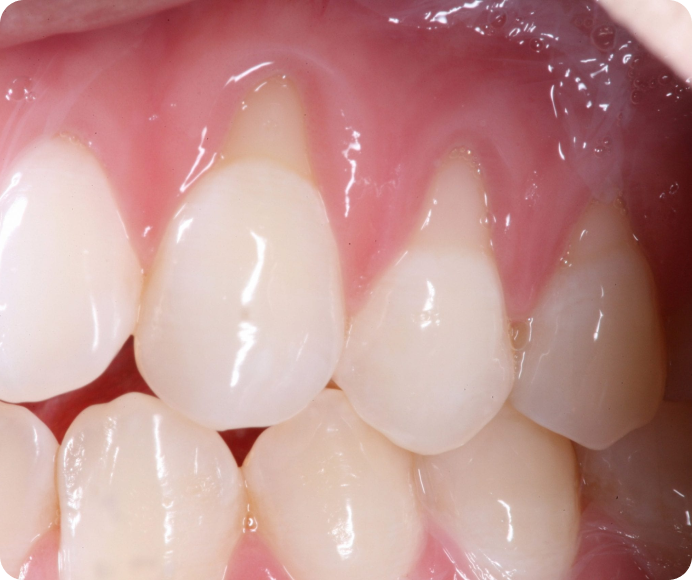
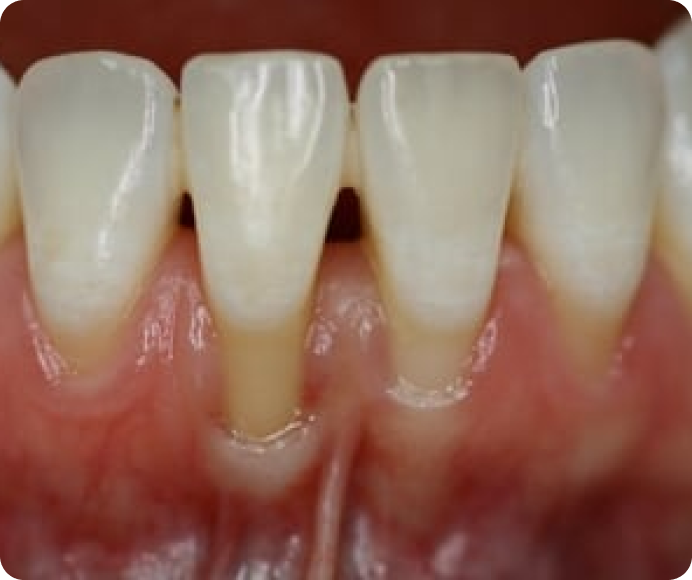
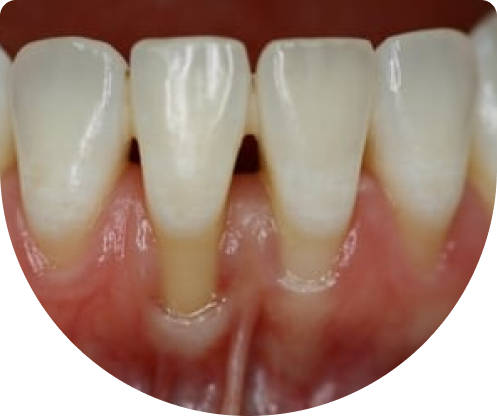

The best way to prevent gum recession is to take good care of your mouth. Brush and floss your teeth every day and see your dentist or periodontist at least twice a year, or as recommended. If you have gum recession, your dentist may want to see you more often. Always use a soft-bristled toothbrush and ask your dentist to show you the proper way to brush your teeth. If a misaligned bite or teeth grinding is the cause of gum recession, talk to your dentist about how to correct the problem. Other ways to prevent gum recession include:

Feel free to contact us

Royal Dental Centre
450 Gamal Abd El-Nasir Rd, Al Mandarah Bahri, Qesm Al Montazah, Alexandria Governorate 5526072
Copyrights © 2024 Royal dental. Develop by alexweb